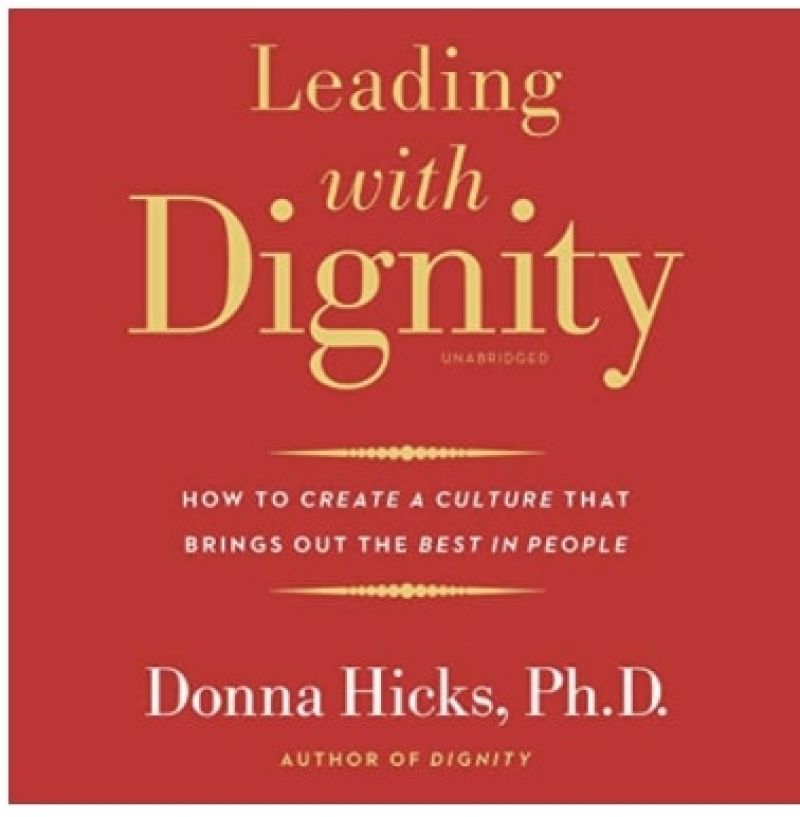Leading with Dignity: How to Create a Culture that Brings out the Best in People. By Dr Donna Hicks
My Rating

Dr Hicks was one of my Professors when I attended the excellent course at Harvard on leadership in the 21st-century; leadership through chaos conflict and needing encourage.
Her first booking was called Dignity: The essential role it plays in resolving conflict. And her 10 elements of dignity and a 10 violations of dignity are well worth having to hand in any organisation when you are looking at culture inclusion diversity black lives matter.
Most people know very little about dignity, the author has found, and when leaders fail to respect the dignity of others, conflict and distrust ensue. Donna Hicks highlights three components of leading with dignity: what one must know in order to honour dignity and avoid violating it; what one must do to lead with dignity; and how one can create a culture of dignity in any organisation, whether corporate, religious, governmental, healthcare, or beyond. Brimming with key research findings, real life case studies, and workable recommendations, this book fills an important gap in our understanding of how best to be together in a conflict ridden world.
10 Essential Elements of Dignity:
- Acceptance of Identity – Approach people as being neither inferior nor superior to you. Assume that others have integrity.
- Inclusion – Make others feel that they belong, whatever the relationship.
- Safety – Put people at ease at two levels: physically, so they feel safe from bodily harm, and psychologically, so they feel safe from being humiliated.
- Acknowledgment – Give people your full attention by listening, hearing, validating, and responding to their concerns, feelings, and experiences.
- Recognition – Validate others for their talents, hard work, thoughtfulness and help. Be generous with praise and show appreciation and gratitude to others for their contributions and ideas.
- Fairness – Treat people justly, with equality, and in an even-handed way.
- Benefit of Doubt – Treat people as trustworthy. Start with the premise that others have good motives and are acting with integrity.
- Understanding – Believe that what others think matters. Give them a chance to explain and express their points of view. Actively listen in order to understand them.
- Independence – Encourage people to act on their own behalf so that they feel in control of their lives and experience a sense of hope and possibility.
- Accountability – Take responsibility for your actions. If you have violated the dignity of another person, apologise. Make a commitment to change your hurtful behaviours